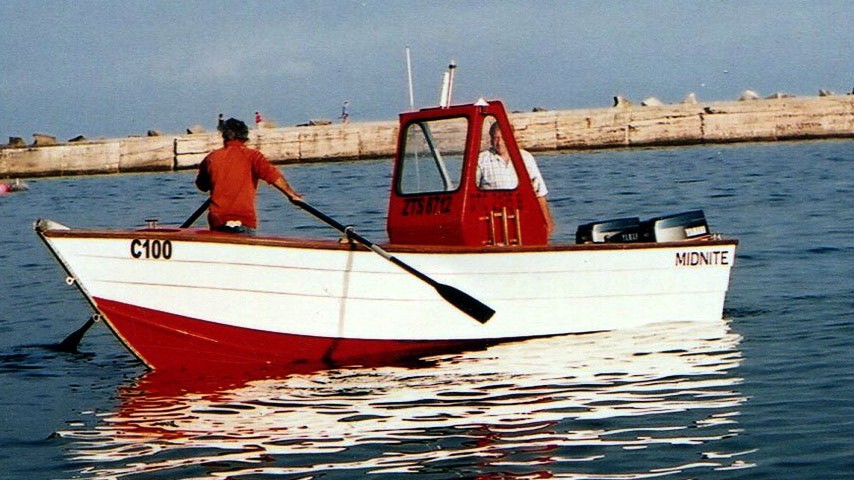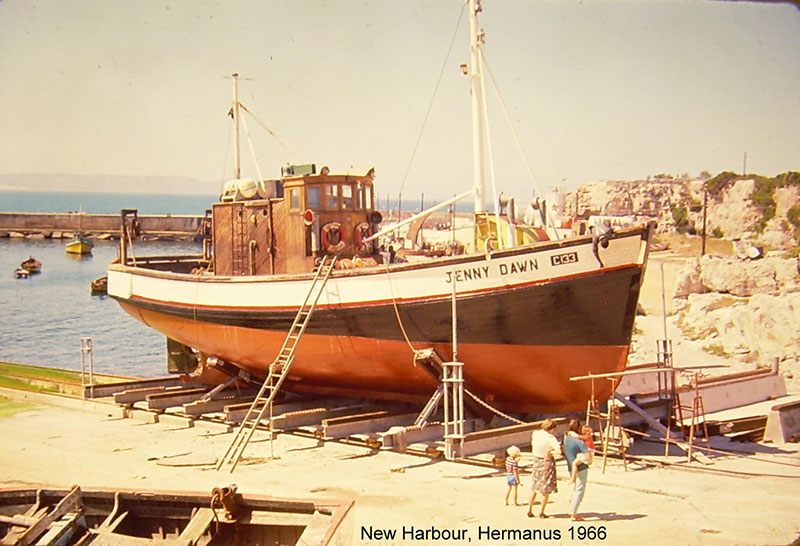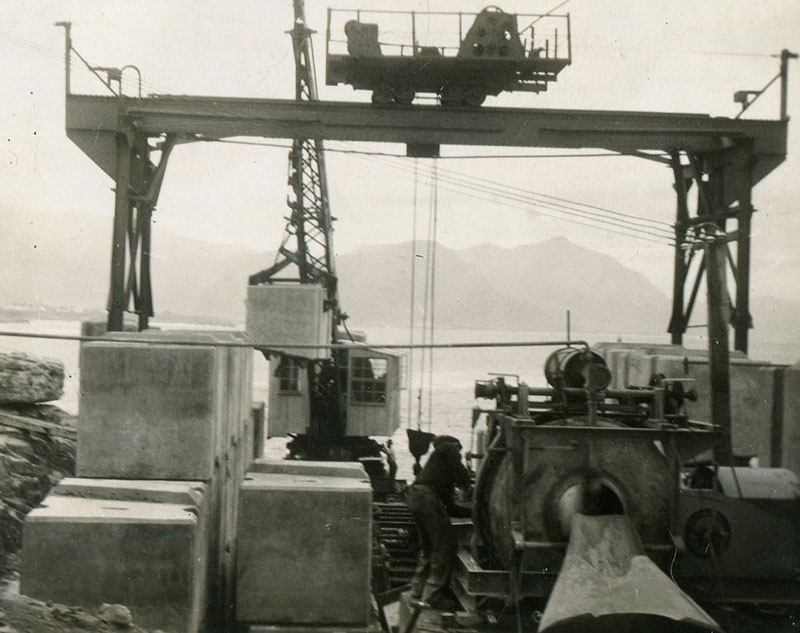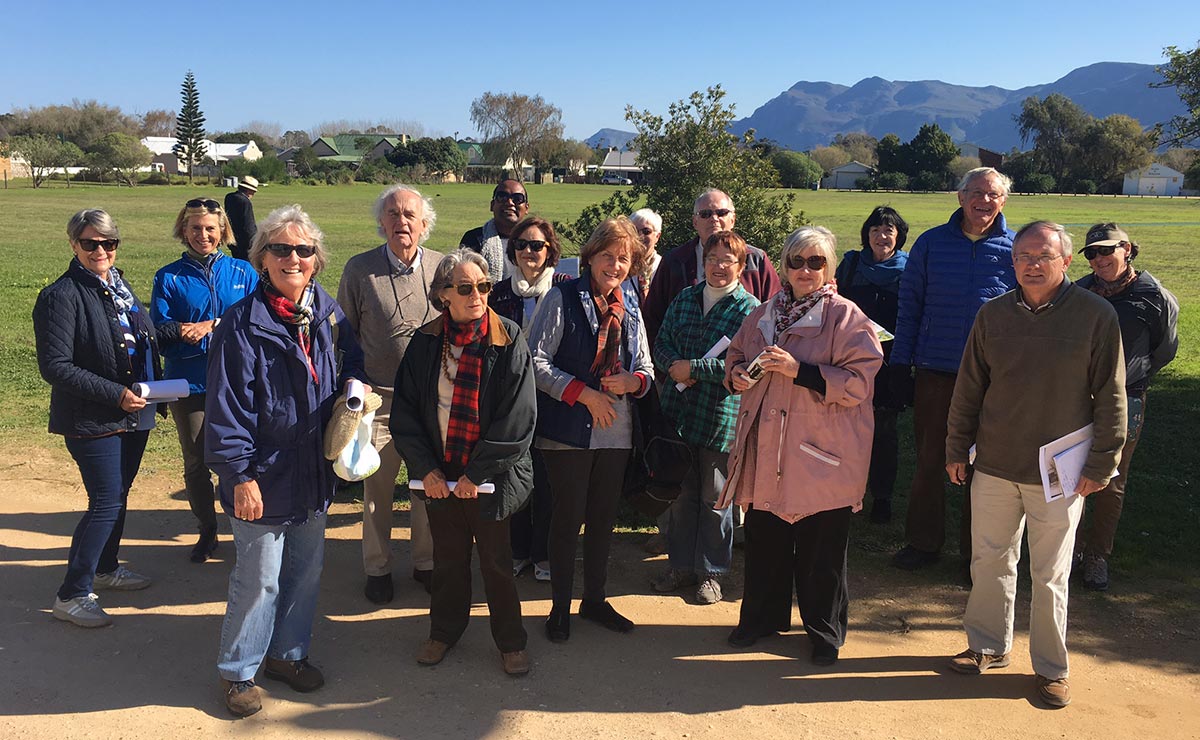
Excursion To Historic Stanford 4 July 2016
July 12, 2016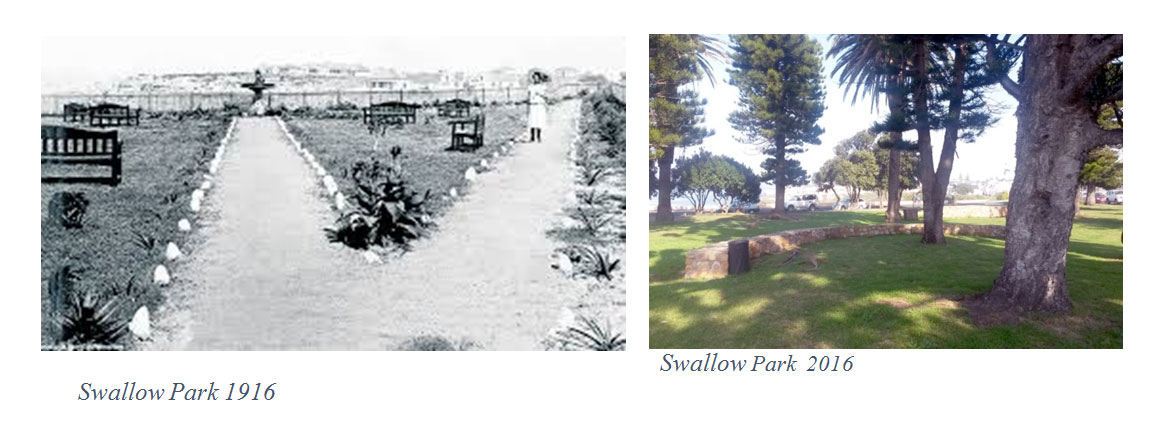
Historical Public Space: Balancing Present uses with Historic Meaning
July 20, 2016From the time the New Harbour opened in 1951 to about 1970, it was the base for a perlemoen boom. Divers flocked to Hermanus, with primitive apparatus they harvested large numbers of perlemoen and sold these to one of the six canning factories that opened in response to a huge demand from the Far East and a seemingly unlimited supply.
Unfortunately, as everyone in Hermanus now knows, the supply was finite but the demand is not. As a result strong measures were introduced to protect perlemoen, with disputed quotas for them and fishing and, more recently, the rise in poaching. A more positive development was the arrival of abalone farms in which the perlemoen are grown to marketing size in controlled conditions and sold abroad.
But for about 15 years, the natural perlemoen boom continued. Young men, some of whom had been trained as divers in the Royal Navy, turned up, seeking to make quick money. But it is hard to believe that they were happy to accept 6 pence (roughly 5c) per perlemoen at Brian MacFarlane’s canning factory. It becomes a bit more believable when you know that a good diver could harvest 1500 to 2000 perlemoen a day, with the all-time record being over 6 000! One of the best divers, Nicholas Dekker, from Belgium, on his first two days of diving, harvested enough perlemoen to earn what he was getting paid for two months at his job in a photographic studio in Paarl, Needless to say, he moved to Hermanus.
At first, young men and some boys, ‘skin-dived’: that is they had no breathing equipment, not even a snorkel. This practice was considered dangerous and stopped in 1954. For a while divers used conventional snorkels, but then a local diving outfit was developed. On the boat from which the divers went down an air compressor such as the one found in garages or spray-paint workshops, together with a small petrol engine was bolted. The compressed air (not oxygen) was pumped to the diver along a length of plastic garden hose. On the way, it passed through a pressure-equalising valve, which was also of local manufacture: it was, in fact, an ordinary rubber hot water bottle, purchased from Alex. Grant Pharmacy in Main Road. A metal T-junction was fitted into the screw top of the bottle. Another section of garden hose led from the T junction to the divers mouth-piece which he held in his teeth. The hot water bottle was attached to the diver’s back with string. With this apparatus a diver managed to stay underwater for 2-3 hours at depths of 12-15 metres.
The individual perlemoen were levered off the rock or kelp with a conventional screwdriver. Each ‘shell’ (as the perlemoen was called) was placed in a net suspended from an inflated inner tube of a lorry until it was full- usually 80-100 shells. Then employed assistants pulled the catch onto the boat and the diver started to fill the net again.
If you think this is not big business, think again. Gertrude Grant, wife of the pharmacy owner Alex. Grant, wrote an article in the Hermanus News in 1976, which has some statistics in it. Some 6000 cases of abalone were despatched from the New Harbour each year, each case containing 72 cans. Each can was filled with a rough average of 1.5 abalone. If these figures are accurate a total of roughly 648 000 individual abalone were being processed each year. Gertrude Grant does indicate that a diver’s income could vary dramatically depending on the weather and on finding new kelp beds containing abalone. For instance, during one dive at Skulphoek, each of nine divers collected 1500 abalone a day for 10 days, with a total of 432 000 being harvested during that period. Conversely, she reports that between 11 July and 11 August 1954, the 9 divers on board other boats collected only 3 100 shells between them, or about 10 shells a day each. Nicholas Dekker told me that, on average, only 8 days a month were suitable for diving. With these severe weather constraints, some divers ran other businesses on shore – for example, John Carstens and Peter Dodds operated a photography business, while others (like Bob Smith) dived for lead sinkers or other submerged material that could be salvaged and sold.
There was much camaraderie between the divers, as well as competition between the Hermanus and the Gansbaai divers, though this seems to have focused on women, not shellfish. It was also the first and only golden era for the New Harbour which has never seen this level of activity again.
This is another article in a series of articles about Hermanus history, produced by the Hermanus History Society and written by Robin Lee. If you are interested in the Hermanus History Society please contact Robin Lee on (028) 312 4072 or robinlee@hermanus.co.za
(822 words)

